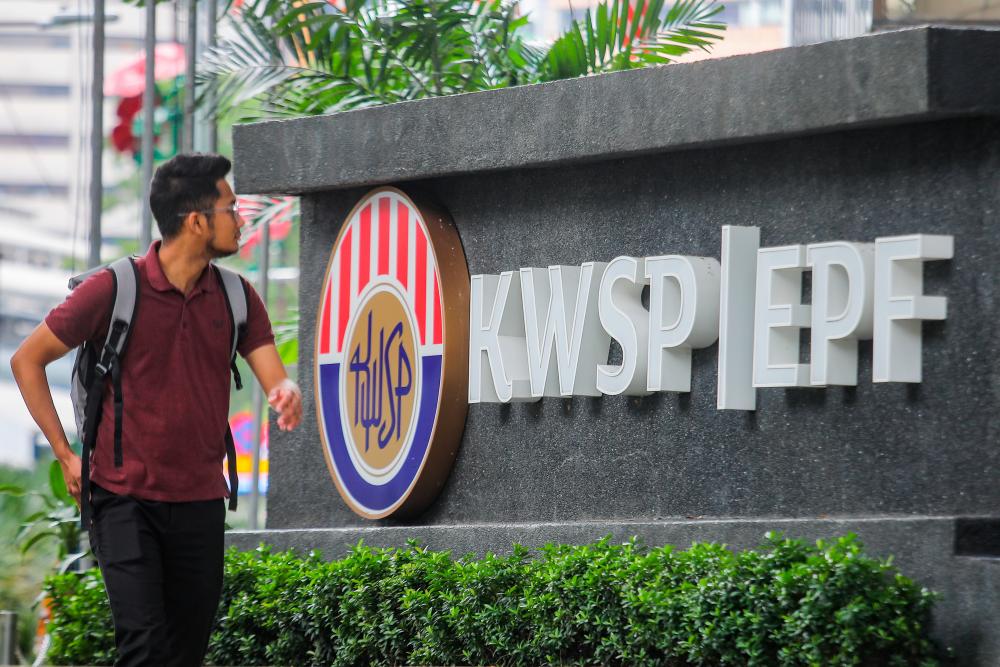PETALING JAYA: The much-anticipated introduction of the Employees Provident Fund (EPF) new Account 3, also known as the “Flexible Account,” which is set to be announced by the end of April, has garnered public support.
Under the revised system, monthly contributions will be distributed across three accounts – 75% into Account 1, 15% into Account 2, and the remaining 10% into the new Account 3.
Account 3 is likened to a savings account, facilitating easy withdrawals, though members have the option to transfer funds to Accounts 1 and 2 to optimise capital gains.
Among those eagerly waiting for the announcement is 42-year-old industrial engineer Ahmad Mustakim Ainuddin. He welcomed the introduction of Account 3 as a means to bolster his retirement savings.
“Balancing my children’s educational expenses and my parents’ medical costs with just my income and my wife’s salary is challenging. Despite our efforts, there are times when we struggle. I have been employed for nearly 20 years and I am considering withdrawing from my EPF for the first time.”
Ahmad Mustakim hopes that the funds from Account 3 will provide some relief, whether it is to cover his children’s tuition fees or his parents’ monthly medical bills.
Similarly, single parent Nur Roslyana Abdul Manaf, 38, who is raising two children, said she views Account 3 as a lifeline to overcome her financial strain.
“With two children to support on a single income, managing household expenses and their educational expenses is difficult. There are days when I worry about not being able to foot all my bills, so this account brings me a ray of hope.”
In expressing support for the initiative, Nusantara Strategic Research Academy senior fellow Prof Dr Azmi Hassan said with Account 3, EPF contributors can withdraw funds whenever they need, making access to money easier.
“The allocation to Account 1 has increased from 70% to 75%, while Account 2’s share has decreased from 30% to 15%.
“With Account 1’s share now increased, the overall retirement security for contributors is preserved. This is a critical aspect for retirement savings.”
While Azmi stressed that the primary focus of EPF savings should be on bolstering retirement funds, “reducing the allocation to Account 2, which is earmarked for matters such as education, simplifies the withdrawal process.
“Maintaining retirement funds is crucial because when individuals have sufficient savings to support themselves in retirement, it reduces the strain on public resources and allows the government to allocate budgets for other pressing needs and priorities.
“Furthermore, investing in retirement funds fosters a culture of financial literacy and responsibility. It empowers individuals to take control of their financial future and make informed decisions about their retirement plans.”
Malaysian Coalition on Ageing chairman Cheah Tuck Wing said as the country’s demographics shift towards an ageing population, it becomes increasingly crucial to ensure one has adequate financial security.
Cheah said Malaysians tend to spend now and save later, which has long-term consequences, often felt after retirement.
“The focus on bolstering retirement funds reflects a commitment to promoting individual financial security, resilience, and dignity in later life. Strengthened retirement funds contribute to broader societal well-being by reducing reliance on social welfare systems and government assistance programmes.
“As such, the public and the government should prioritise enhancing the retirement funds so that they can have enough savings to face the financial challenges that often accompany retirement, such as healthcare expenses and daily living costs,” he said.
While further details are yet to be officially announced, it has been reported that EPF contributions made from May onwards will be allocated to Account 3, which kicks off with a zero balance. Account 3’s introduction comes in response to substantial withdrawals during the Covid-19 pandemic, reportedly depleting RM145 billion from the EPF’s coffers.









